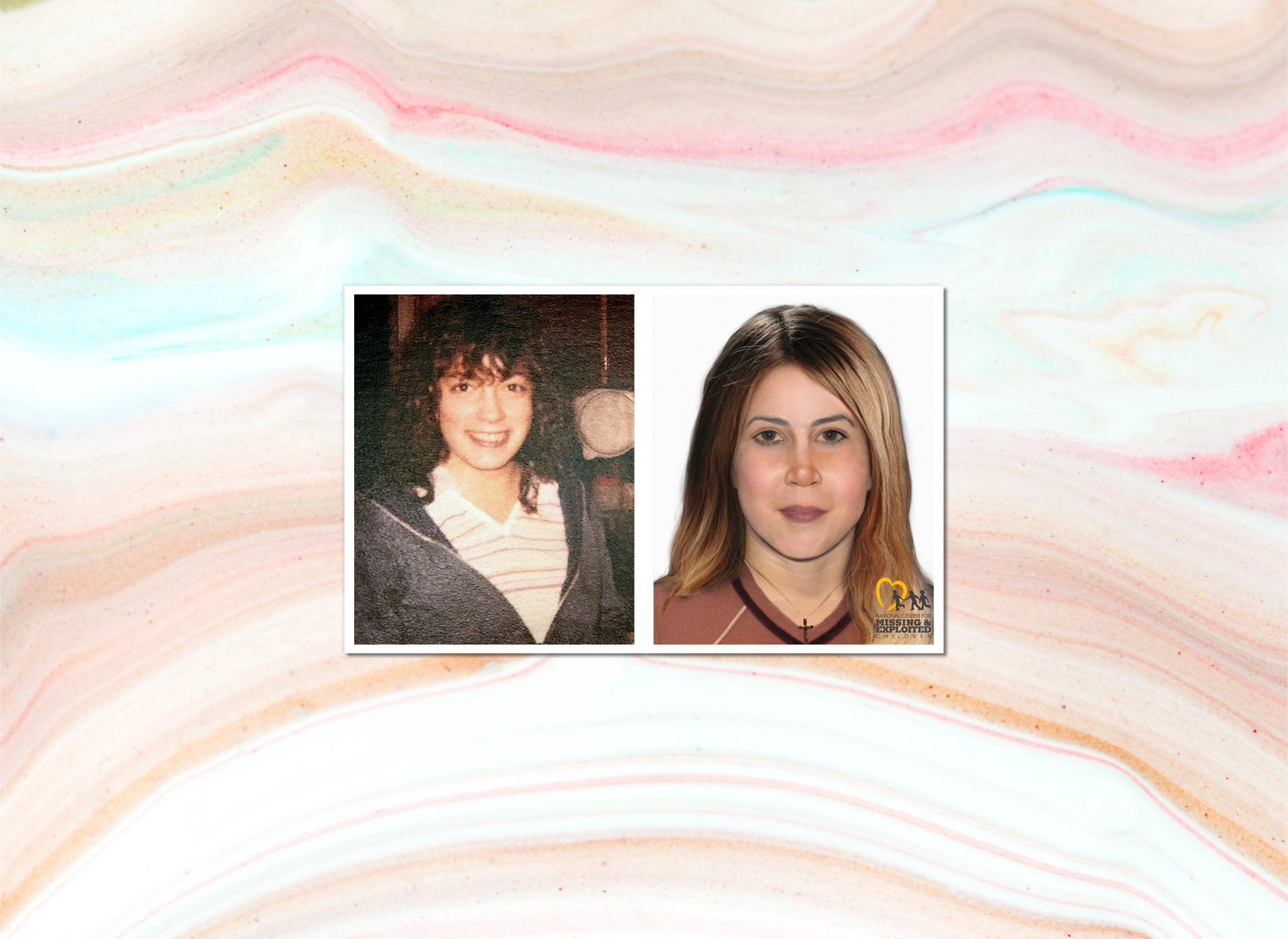continued
Obsessed with case
Kranz said he became obsessed with Princess Doe because of the enormity of the workload and brutality of the crime. He labeled as a "failure'' the case's first mission: To determine the identity of the girl whose head was bludgeoned beyond recognition and whose body was then dumped in a ravine off Route 94 during a mid-July heat wave in 1982. After that, find the killer.
Once word was out that the battered corpse had been found near a cemetery on July 15, 1982, hundreds of calls poured into the small police station, from parents whose children had run away, from police officers from other jurisdictions checking on missing persons and from cranks and tipsters. Scores of psychics called, offering their services, but were turned down, Kranz said.
Also, Kranz examined hundreds of missing person and forensic reports in an effort to identify her.
"I'm almost sure she passed through my work, but for the most ridiculous reason I did not recognize her,'' he said.
For example, forensic reports told him that the corpse had no broken bones, so missing-person reports where the victims had once had broken bones were ruled out automatically.
Then, Kranz said, he learned that some young people's bones mend in such a way that it is nearly impossible to tell that they were once broken. Hence, he said, some of the missing-person reports may had been valuable after all.
"At times I was going through the trash can trying to backtrack,'' he said.
Use of media
The strategy from the outset was to keep the case in the media. Kranz named the girl "Princess Doe'' so that she would have some sort of identity and "a personality to keep her in the press.'' A forensic artist from Philadelphia was recruited to reconstruct her appearance in the form of a bust so that it could be photographed to make posters and fliers.
The plan worked. Papers large and small ran stories on the bizarre case, TV crews covered press conferences and an HBO special on strange crimes did a 20-minute segment on it. The show aired nationally and generated many calls from parents who children had run away, but no significant leads materialized, he said.
A novel, "Death Among Strangers,'' used the case as a backdrop.
"I can't for the life of me understand how a life can be erased without anyone coming forward who has some idea who she was,'' said Kranz.
The Warren County Prosecutor's Office, which has since taken over the case, determined three months ago that the girl was likely a runaway last living and working as a maid in Ocean City, Md. But investigators still do not know who she was or how she ended up dead in rural northwestern New Jersey.
With the case taking a toll on Kranz's personal life, in 1985 he resigned to become executive director of the Foundation to Find and Protect Children, a lobby and investigative non-profit agency that helped parents find their runaway children. The job ended a year later when funding dried up.
Since then Kranz said he has had a variety of jobs. "Whatever I had to do to make a living, I did,'' he said. He left Blairstown shortly after resigning from the police department, and he has maintained no ties. He will say only that he now lives in northern New Jersey.
"I was so burned out after that case," he said. "It was enough to exasperate anyone.''
Investigators study possible Maryland connection
Princess Doe may have worked in shore town
In September, detectives from the Warren County, N.J,. Prosecutor's Office held a press conference on the Princess Doe case, not in Blairstown or the county seat of Belvidere, but 230 miles from their office in Ocean City, Md.
One detective, Bill Eppell, told the local Maryland media gathered in the police station in that seashore town that a $1,000 reward was being offered for information leading to the identification of a young murder victim who worked in Ocean City from 1979-82.
Although the victim has been named Princess Doe shortly after her battered body was found dumped in a ravine in Blairstown, N.J,. in July 1982, the detectives never used that term. Through the years, the case has received international coverage, including a 20-minute spot on an HBO crime special in 1983.
Detective Eppell, according to the Ocean City Today weekly newspaper, was paraphrased as saying "investigators believe she was in Ocean City during the years 1979 to 1982. They believe she worked in housekeeping at the Harrison Hall (hotel) during the summers of 1980 and 1981 and might have stayed in the North Division Street Area near the foot of the Route 50 bridge.''
The article also said that when the detectives from New Jersey were tracking down leads in July canvassing Ocean City hotels, they found six people who had information about the victim.
But in an interview last week, Eppell's boss, Warren Prosecutor John J. O'Reilly, said his office has not determined yet that the victim, believed to be between 14 and 18 years old, was living in Ocean City, Md. He said his office has not ruled it out either.
O'Reilly said the reporter who wrote the story "misconstrued what the detective said'' when she wrote her story. He would not comment further on specific information on this aspect of the case, nor would he say what evidence led his detectives to Ocean City.
Story accurate, reporter says
When told of the prosecutor's statement, the reporter said she stood by her work and that she was always willing to cooperate with police. She had no other comment.
Detective Eppell, who is on vacation, was not available for comment last week, and his partner on this case, Detective Susan Bloodgood, said office policy dictates all information would have to come from Prosecutor O'Reilly.
Jay Hancock, public relations officer for the 100-officer Ocean City Police Department, said the New Jersey reward is still being offered. As of Thanksgiving, he said three or four tips have been forwarded to Warren County. He did not know if any of the tips were helpful to New Jersey authorities.
Other than assisting Warren County detectives when asked, his department does not have an active role in the Princess Doe case since the girl was murdered in New Jersey, Hancock said.
"From what I recall, they were pretty sure the girl who had worked down here was the same girl who was found in New Jersey,'' Hancock said.
The girl's identity — a key to finding her killer — has eluded authorities for more than 15 years.
Hancock said Harrison Hall, where the teen is believed to have worked, is a large hotel on the boardwalk, and North Division Street where she is suspected of living has more modest rental properties that appeal to seasonal workers.
If authorities are closer to learning who the girl was, they are not saying.
Leads pursued
Prosecutor O'Reilly said that many leads have been followed up on, especially in cases where mass murderers have targeted young women. When cases like that enter the limelight, O'Reilly said his detectives look into it to see if the killer's timeline could have crossed paths with Princess Doe. To date, no solid evidence has emerged from the legwork, he said.
O'Reilly said he did not know if the murder victim's identity would ever be learned, but he said his office would follow up on every viable lead.
"It's very painstaking work, there's no question about that. But sometimes you do get lucky,'' he said.
Princess Doe Timeline
JULY 1982: Teen's body found in ravine on Route 94 near a Blairstown, N.J., cemetery. Her face was beaten beyond recognition.
OCTOBER 1982: A Philadelphia forensic artist makes a bust of the girl's face.
JANUARY 1983: Blairstown officials bury the girl in the cemetery where she was found.
JUNE 1983: HBO airs a 20-minute spot on the case to an international audience.
MARCH 1985: Blairstown Police Lt. Eric Kranz, the chief investigator on the case, resigns from the department. He never works in law enforcement again.
JULY 1997: Warren County, N.J., detectives go to Ocean City, Md. and interview six people who had information about the victim, a runaway.
SEPTEMBER 1997: Warren County detectives post a $1,000 reward in Ocean City for information about the still unidentified victim.
NOVEMBER 1997: The Vidocq Society, a prestigious group of international crime experts, agree to re-examine the Princess Doe case.
DEC. 16, 1997: The victim is still not identified and her killer is still free.

















